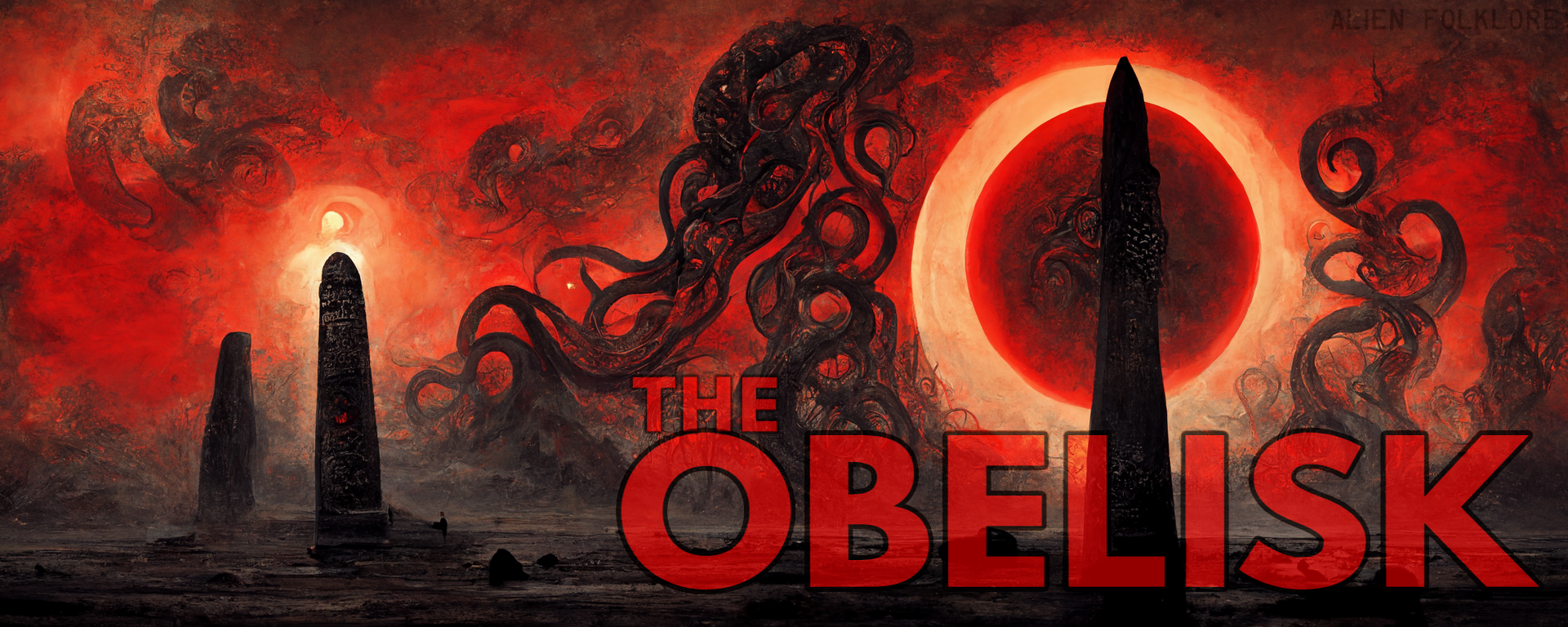A Tale of Three Tapes: Heavydeath, The Unquiet Grave and Jupiterian
Posted in Duuude, Tapes!, Reviews on December 30th, 2015 by JJ KoczanTo those who’d peruse cassettes or who believe the format has something to offer distinct from vinyl, CD or digital, the name Caligari Records shouldn’t be a strange one. The imprint has spent the last couple years committing itself fiercely to tapes and, more specifically, to bringing a level of professionalism to a medium often characterized (and not always incorrectly) as being the most amateurish among the traditional physical formats of the last half-century. Caligari‘s tapes are professionally printed as are the j-card liners — every time. As few have done, the label has adopted the cassette format not as a limitation, but as a means of enhancing aesthetic.
Caligari keeps busy with new releases on the regular — I count three since the most recent of the ones I’ll be writing about here, at least on the label’s Bandcamp — and delves into a variety of styles generally on the darker and more extreme end of the doom or metallic spectrum. Showing a significant variety between them are offerings from Swedish outfits Heavydeath and The Unquiet Grave and Brazil’s Jupiterian, about which more follows:
Heavydeath, Dark Phoenix Rising
Dark Phoenix Rising is the latest in a long string of outings issued in the last year-plus from Ljungskile-based trio Heavydeath. To wit, their Demo I – Post Mortem in Aeternum Tenebrarum arrived in a series of 100 tapes (on Caligari) in April 2014 and their discography is already past this EP with Demo XII – The Storm. Fair enough. Here working as the three-piece of guitarist/vocalist Nicklas Rudolfsson, bassist Johan Bäckman and session drummer Oldfor Suns (the band has since been joined by Daniel Moilanen, also recently added to Katatonia), they lumber and gruel through five tracks of grim-hued sludge, two on side one, three on side two, and while there are flourishes of melody here and there and side two opener “The Ember of the End” finds Rudolfsson basking in some particularly effective epic-metal vocals, the prevailing impression is still of the rawness throughout. Tonally, the guitars set a blackened atmosphere, but Heavydeath aren’t as loyal sonically to any particular substyle as they are to an overarching sense of doom and mournfulness and a general extremity of presentation. To call them death-doom isn’t necessarily wrong, but it hardly tells the whole story. Closing with the title-track, they lock in a formidable riff-led groove and nod boldly at Celtic Frost in the process, but it just so happens that groove is buried six feet deep and covered in moss.
Dark Phoenix Rising at Caligari Records’ Bandcamp
—
The Unquiet Grave, Cosmic Dawn

Essentially a demo, but billed as an EP, The Unquiet Grave‘s Cosmic Dawn is the first release from the clean-singing raw trad doom solo-project, though its title-track traces its roots back more than a decade. The outfit is comprised of multi-instrumentalist/vocalist Micael Zetterberg, whose CV boasts a wide variety of Norrköping outfits, from the black metal Aggressive Mutilator to thrashier Terrorama, among a slew of others. The Unquiet Grave is unrepentently stripped down across the three included tracks — “Cosmic Dawn,” “Mother’s Trial” and “Whispers in the Dark,” as well as the included intro and outro — but not at all void of ambience. Even as “Mother’s Trial” rolls out a highlight riff in its midsection, the lead guitar layer works to play up a sense of atmosphere. Zetterberg does well in the full-band role, and while Cosmic Dawn has an already-noted rawness to it, particularly with the compression of the tape as opposed to the digital version, that fits with the naturalism at root in the sound, something that seems counterintuitive for a solo-project invariably working in layers — I sincerely doubt Zetterberg is playing bass, guitar and drums at the same time — but across the three tracks here makes an eerie kind of sense. It seems unlikely he’ll get much more expansive with arrangements than he is here, but particularly as a first outing, Cosmic Dawn impresses with its fullness of presentation despite being the work of a solo source.
The Unquiet Grave on Thee Facebooks
Cosmic Dawn at Caligari’s Bandcamp
—
Jupiterian, Aphotic

The 42-minute first full-length from Sao Paolo, Brazil, four-piece Jupiterian, the five-song Aphotic isn’t quite entirely true to its name, but certainly dense and opaque enough in its execution that light has trouble getting through. A deathly lurch takes hold on opener “Permanent Grey” and doesn’t let go, the band trudging through death-doom excruciations and offering precious little hope across the tape’s span, even as “Daylight” seems to hint in that direction with its early guitar melody. Vocalist/guitarist V — the entire band is one-initial only; R on bass, A on guitar, G on drums — has a growl worthy of Swallow the Sun or any number of Scandinavian practitioners, and a raspy scream that’s well at home in the dirge of centerpiece “Proclamation,” which rounds out with some of Aphotic‘s heaviest hitting, followed by a noise barrage to start the subsequent title-track (hard to know where one ends and the other begins on the tape, but the digital version makes it clear). Rounding out in a swirl of guitar and spoken word, “Aphotic” has an almost manic feel compared to some of the album’s other fare, but its ending is also the most brazenly melodic section of the tape, leading to the shorter, closing “Drag Me to My Grave,” which was previously released as a standalone single. The bonus track would be something of a comedown after the title-cut, but it proves a surprisingly catchy finale to this cohesive, engrossingly weighted debut.
Aphotic on Caligari’s Bandcamp
—
Thanks for reading. For more from Caligari Records, check the links below.





